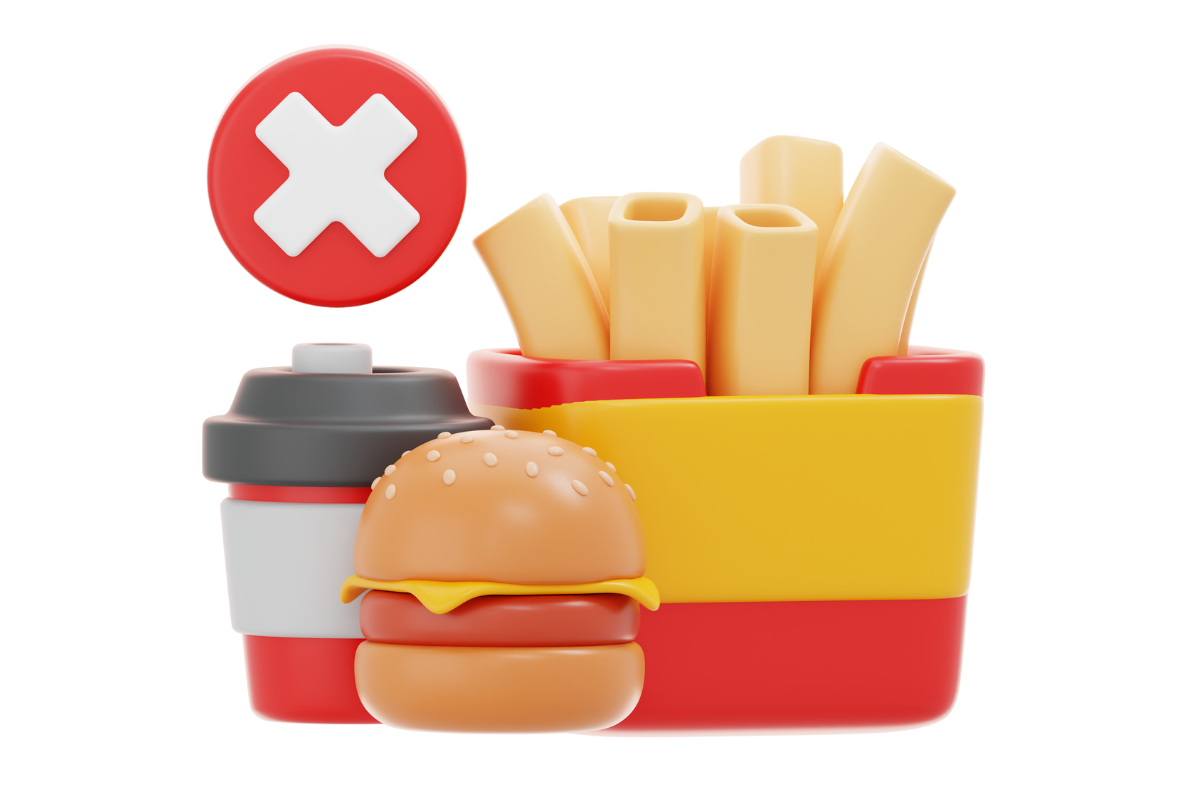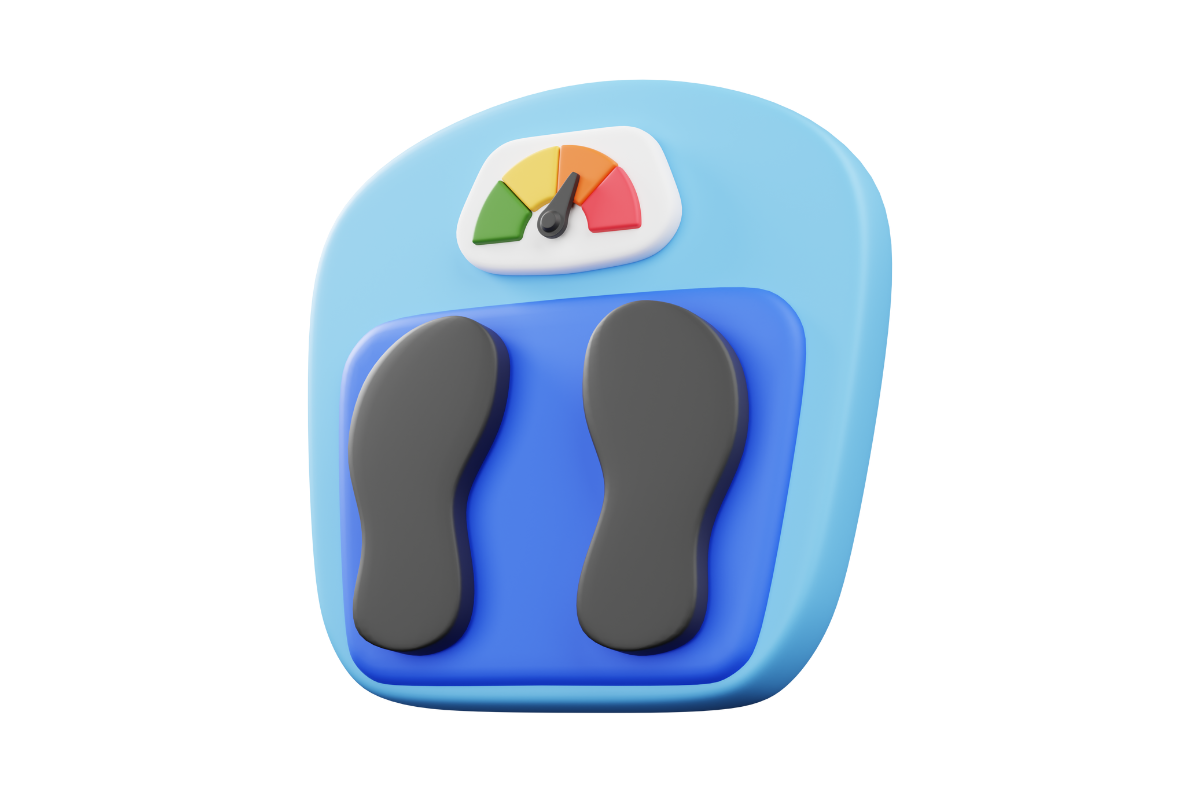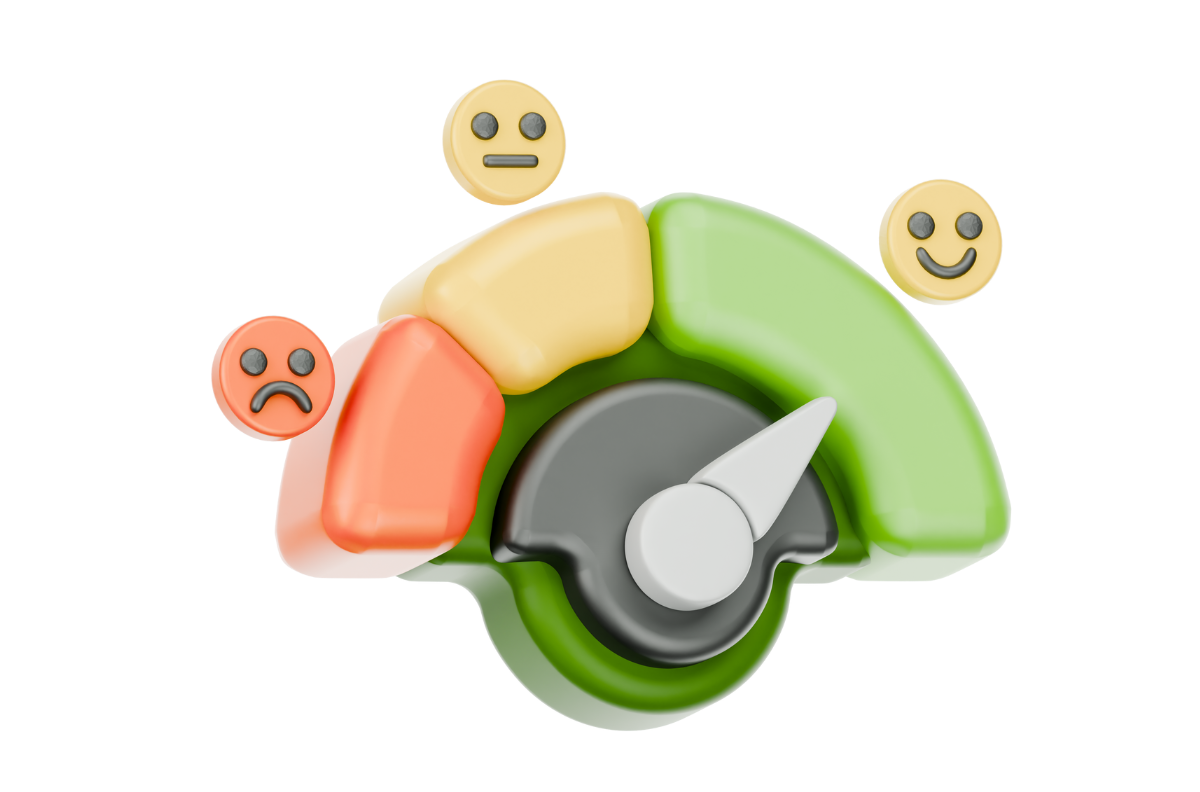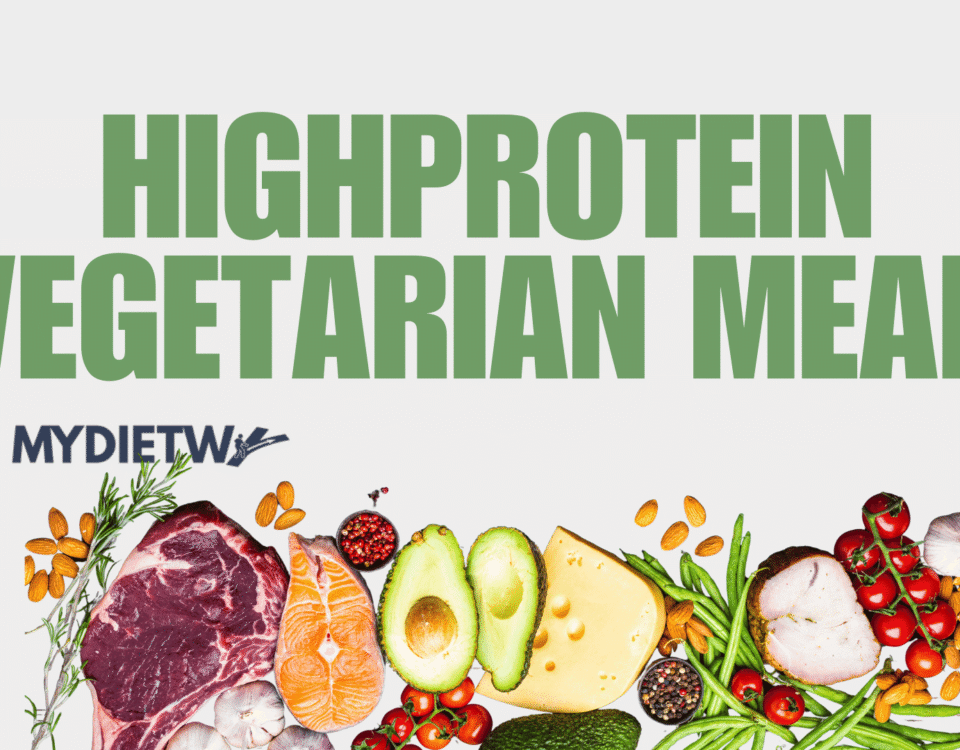When it comes to health, fitness, and nutrition, one-size-fits-all advice rarely works. That’s because our bodies don’t all operate the same way. Some people gain weight just by looking at a donut, while others struggle to add a single pound no matter how much they eat. If you fall into that second camp, chances are you’ve got what’s called an ectomorph body type.
At My Diet Way, we believe in working with your body instead of against it. So let’s break down what being an ectomorph really means, the challenges it brings, and—most importantly—how you can eat, train, and live in a way that helps you feel and look your best.
What Is an Ectomorph?
The concept of “body types” comes from a model called somatotypes, developed in the 1940s. While not a perfect science, it’s still a useful framework. According to this model, there are three main categories: ectomorph, mesomorph, and endomorph.
-
Ectomorphs: Naturally lean, smaller bone structure, fast metabolism.
-
Mesomorphs: Naturally muscular, medium build, balanced metabolism.
-
Endomorphs: Naturally broader, higher body fat, slower metabolism.
As an ectomorph, your defining traits often include:
-
Narrow shoulders and hips
-
Long limbs
-
A lighter frame
-
Faster metabolism
-
Difficulty gaining weight or muscle
Put simply: you might eat a ton and still look slim. While that might sound like a dream to some, it can be frustrating if your goal is to build strength, add healthy weight, or feel more filled out.
Read the Body Type 101: Ectomorph, Mesomorph, Endomorph – Everything You Need to Know
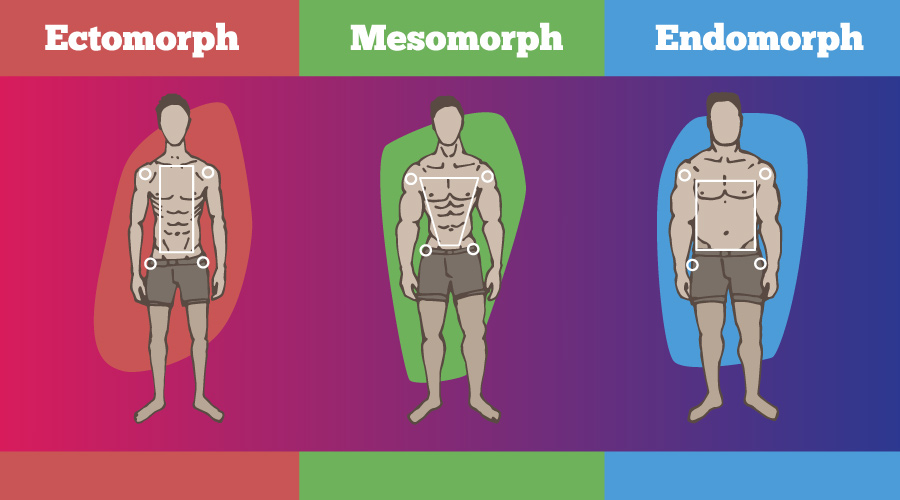
Common Struggles for Ectomorphs
Ectomorphs often hear: “You’re so lucky—you can eat anything and never gain weight.” But the reality is more complex. Here are some of the challenges you might face:
-
Hard to Gain Muscle
Even with regular workouts, ectomorphs usually struggle to put on muscle mass. Your body burns calories quickly, so fuel for muscle building is harder to come by. -
Fast Energy Burnout
Your metabolism is like a furnace. That’s great for staying lean, but it can also leave you low on energy if you don’t eat enough throughout the day. -
“Skinny Fat” Look
It’s possible to be slim but still have higher body fat relative to muscle, especially if you’re not strength training. That can affect both how you look and how you feel. -
Nutrient Gaps
If you’re not intentional about food choices, your high metabolism may leave you missing out on key nutrients—leading to fatigue, weaker immunity, or slower recovery.
The Ectomorph Advantage
It’s not all uphill, though. Being an ectomorph comes with some serious strengths too:
-
Naturally lean build: Less struggle with body fat.
-
Agility and endurance: Long limbs and lighter frames often make ectomorphs good at sports like running, cycling, or swimming.
-
Easier “cutting” phase: If you ever want to lean down further, it usually happens fast.
The key is learning to balance those advantages with smart nutrition and training so you’re not constantly fighting to gain strength or energy.
Nutrition for Ectomorphs: Eat More, Eat Smart
Here’s where many ectomorphs go wrong: they assume that because they don’t gain weight easily, they can eat anything they want. While it’s true you need more calories, the quality of those calories matters. Junk food may help you hit calorie goals, but it won’t give your muscles, brain, and energy systems what they need.
1. Focus on Caloric Surplus
If you want to build muscle or gain weight, you’ll need to eat more than you burn. A simple starting point: add 300–500 calories above your daily needs.
2. Prioritize Protein
Protein is your best friend for muscle growth and repair. Aim for 1.6–2.2 grams of protein per kilogram of body weight daily. Think chicken, eggs, lean beef, fish, Greek yogurt, beans, and protein shakes.
3. Don’t Fear Carbs
Ectomorphs thrive on carbs. Your fast metabolism chews through them, and they’re your main energy source for workouts. Go for whole-food carbs: rice, oats, sweet potatoes, whole-grain bread, quinoa, and fruits.

4. Healthy Fats Are Essential
Fats help balance hormones, including testosterone, which supports muscle growth. Add foods like nuts, olive oil, avocados, fatty fish, and nut butters.
5. Eat Frequently
Waiting for three giant meals won’t cut it. Ectomorphs often need 4–6 meals per day to stay energized and meet calorie goals.
Sample Day of Eating for an Ectomorph
Here’s a practical outline to get you started:
Breakfast:
-
3 scrambled eggs with cheese and spinach
-
2 slices of whole-grain toast with avocado
-
A glass of whole milk or protein shake
Mid-Morning Snack:
-
Greek yogurt with honey and granola
-
Banana
Lunch:
-
Grilled chicken breast or salmon
-
1 cup brown rice
-
Steamed broccoli with olive oil
Afternoon Snack:
-
Peanut butter sandwich on whole-grain bread
-
Handful of almonds
Dinner:
-
Lean beef or turkey burger (with bun)
-
Sweet potato fries
-
Side salad with olive oil dressing
Evening Snack:
-
Cottage cheese with berries
-
A protein shake if needed
Training for Ectomorphs: Build Strength, Not Burnout
The gym strategy for an ectomorph is simple: lift heavy, recover well, and don’t overdo cardio.
1. Prioritize Strength Training
Stick to compound lifts like squats, deadlifts, bench press, rows, and pull-ups. These moves recruit multiple muscle groups and help maximize gains.
2. Lower Reps, Higher Weight
Ectomorphs benefit from lifting heavier with 6–10 reps per set. This stimulates muscle growth better than endless high-rep sets.
3. Limit Cardio
Cardio is healthy, but too much will eat into your calorie surplus. Stick to 2–3 light sessions per week—think brisk walking, cycling, or light jogging.
4. Rest and Recovery
Your body grows when you rest, not just when you train. Aim for 7–9 hours of sleep per night and at least one full rest day per week.
:max_bytes(150000):strip_icc()/Pushups-5680bb925f9b586a9edf3927.jpg)
Supplements That Can Help
Supplements aren’t magic, but they can make life easier for ectomorphs:
-
Whey protein: Convenient way to hit protein goals.
-
Creatine: Supports strength and muscle growth.
-
Mass gainers: High-calorie shakes for those who struggle to eat enough food.
-
Omega-3s: Healthy fats that reduce inflammation.
-
Multivitamins: Cover gaps in nutrition.
Lifestyle Habits That Support Ectomorphs
Nutrition and training are huge, but lifestyle habits also play a role:
-
Stay consistent: Progress for ectomorphs takes time. Stick with it.
-
Manage stress: High stress burns even more energy and slows recovery.
-
Track your progress: Take photos, measurements, and note strength gains. The scale may move slowly, so these markers matter.
-
Hydrate: Muscles are 70% water. Aim for at least 2–3 liters daily.
My Diet Way’s Key Tips for Ectomorphs
-
Don’t fear calories—embrace them, but choose nutrient-rich foods.
-
Train smart: focus on heavy lifting, not endless cardio.
-
Rest is part of the program—don’t skip it.
-
Track progress beyond the scale.
-
Be patient. Muscle growth takes longer for ectomorphs, but it’s worth it.
Final Word
Being an ectomorph isn’t a curse—it’s just a body type. With the right approach to food, training, and lifestyle, you can absolutely build muscle, feel stronger, and enjoy steady energy. Remember, the goal isn’t to change who you are, but to optimize how you live, eat, and move so you feel confident in your own skin.
At My Diet Way, we’re here to make that journey simpler, smarter, and a lot more enjoyable.
So eat big, lift smart, and give your body the rest it needs—you’ve got everything it takes to thrive as an ectomorph.



